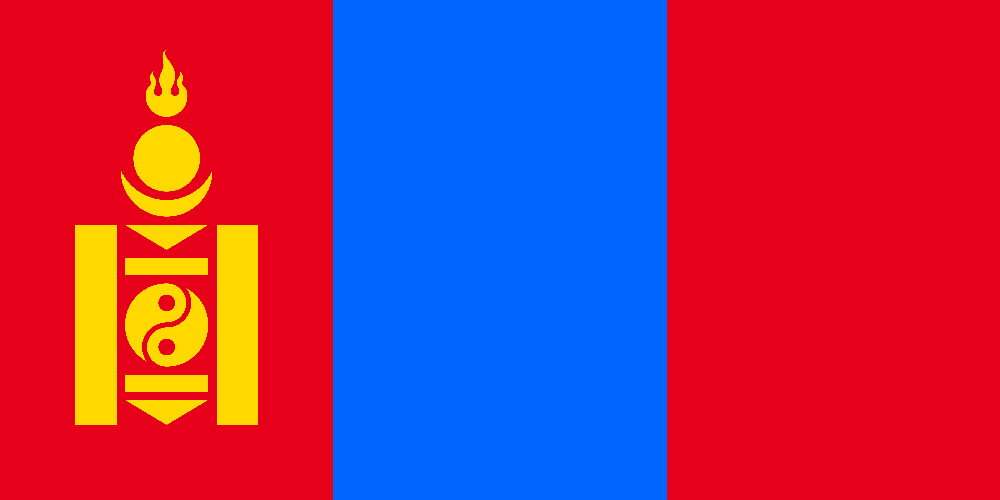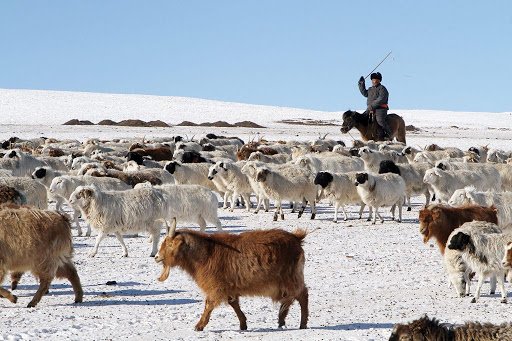
Initiated by the Mongolian National Federation of Pasture User Groups (MNFPUG), a survey was conducted on December 9-13 to identify and assess the current situation of herders in soums with challenging wintering conditions.
Currently, 75 soums in 8 aimags, including Arkhangai, Bayankhongor, Govi-Altai, Dundgovi, Zavkhan, Uvurkhangai, Umnugovi, and Tuv that much affected otor movements/long distance grazing are at the highest risk. Hence, in these soums, 18.5 million livestock of 44783 households spend the winter, of which 19.0 percent or 8.0 thousand herder households and 27.1 percent or 4.3 million livestock for otor movement.
The purpose of the survey focused on a regular monitoring basis to clarify the current situation in the above regions and to provide herders, herder organizations and the public with specific information.
The survey covered 180 people in the target area, of which 77% were herders, 13% were civil servants, 10% were representatives from the private sector, and 18% were women and 82% were men. 30% of the participants were herders with up to 200 livestock, 36% with 201-500 livestock, 24% with 501-999 livestock, and 10% with more than 1000 livestock. More than half of the herders in the soums (55%) are on otor movement.
1. Adequate supply of hay and fodder
20% of herders have run out of fodder, while 66% answered market prices are too high. In Govi-Altai, Bayankhongor, Arkhangai and Dundgovi aimags, fodder prices are too high. 12% of herders surveyed are unable to afford fodder. Most of the herders who cannot afford to buy fodder are from Govi-Altai aimag.
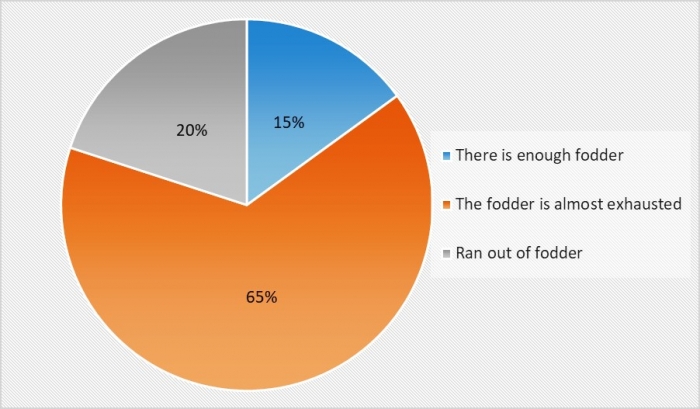
Chart 1. Resource of hay and fodder
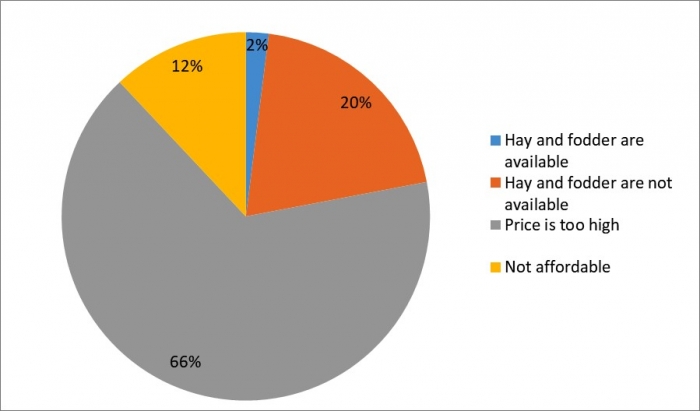
Chart 2. Availability of hay and fodder
2. Supply of food, medicine and health services to herders
68% of herders said mentioned there was an adequate supply of food, 9% said that it was not available and 23% said that they could not afford it. Food supplies are scarce in Darvi and Erdene soums of Govi-Altai aimag, Bayanlig soum of Bayankhongor aimag, Chuluut soum of Arkhangai aimag, and Khuld soum of Dundgovi aimag. 23% of herders surveyed are unable to afford food. Some herder households in Arkhangai, Dundgovi, and Zavkhan aimags, which have not been able to sell their livestock on the market or have reserved meat for sale, are unable to purchase food.
70% of herders have access to medicines and health care, 21% do not have access to it, and 9% have no financial ability. In some soums of Zavkhan, Govi-Altai, Arkhangai and Dundgovi aimags, herders have limited access to health and medical services. There are herders in some soums of Govi-Altai and Dundgovi aimags who have no financial access to medical services.
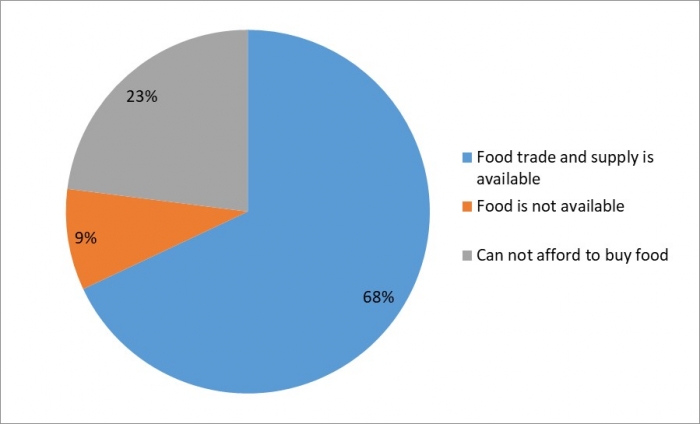
Chart 3. Food trade and supply
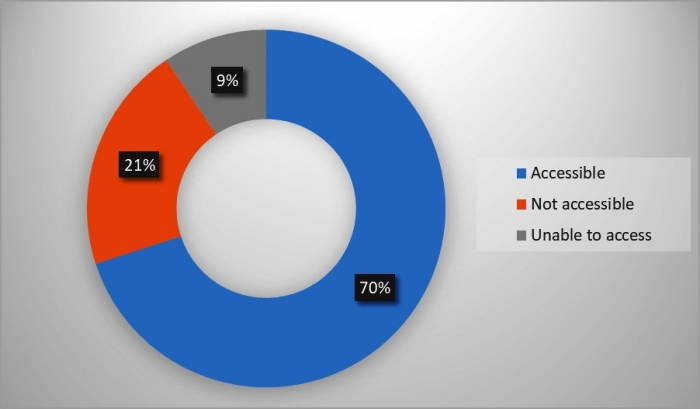
Chart 4. Health care and pharmaceutical services
3. Market
66% of herders surveyed did not sell meat and hides to the market, while 34% sold with sufficient amount. Herders in Arkhangai, Gobi-Altai, Dundgovi, Bayankhongor and Zavkhan aimags have difficulty accessing the market.
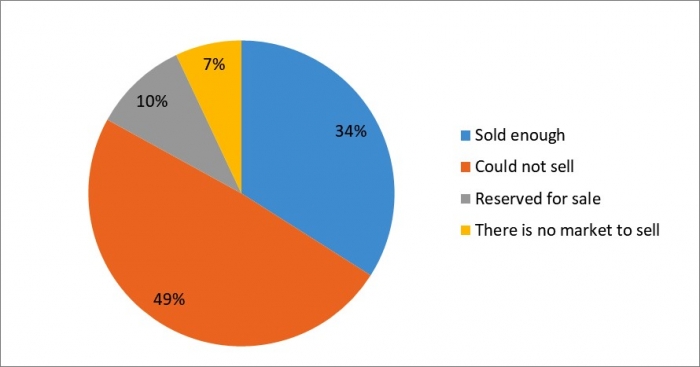
Chart 5. Sale of raw materials in the market
4. Ability to survive the risk of dzud with minimal risk
Herders believe that the first measures to be taken in the event of a dzud risk are to increase a safe resource of fodder (84%), run otor headquarter (13%), and water supply (3%).
Herders believe that measures to prevent dzud risks include: Creating a safe fodder resource (39%), establishing a risk fund (33%), and planting fodder (28%).
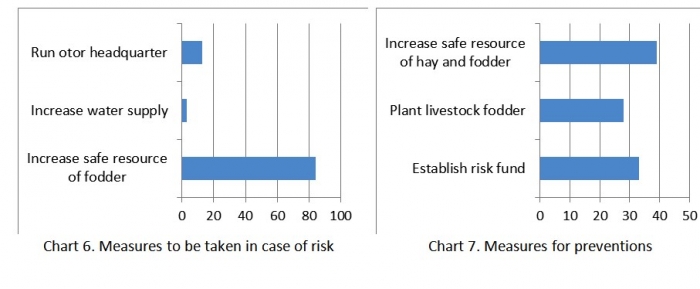
Given the risk of dzud and severe winters, the first priority of support for herders include: Livestock hay and fodder (91%), Food supply for herders (7%), Fuel (1%), and Veterinary medicine (1%).
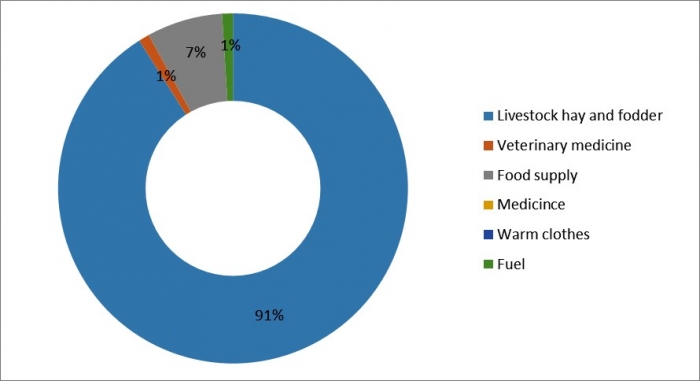
Chart 8. Necessary support for herder households
NFPUG is not responsible for any consequences of using this survey

